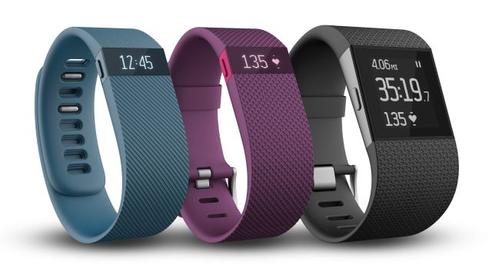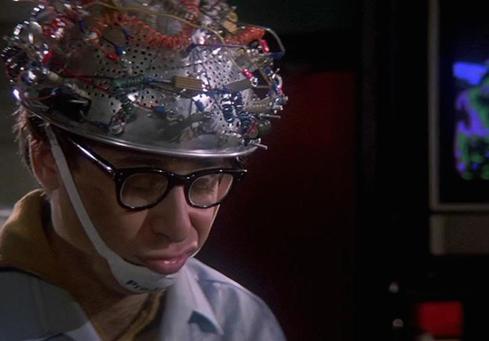Fitness device market leader preps a smartwatch and two new fitness trackers in a preemptive strike against challenger Apple.


Wearable Tech: 5 Healthcare Wins
Wearable Tech: 5 Healthcare Wins (Click image for larger view and slideshow.)
Fitbit, eager to bolster its lead in the fitness tracker market and make a preemptive strike against Apple's smartwatch, released three new models Monday, including a smartwatch.
Fitbit currently dominates the fitness tracker market, accounting for almost 40% of sales, according to a Parks Associates report; Samsung and Nike place second at 14% each. Yet Harry Wang, director of health and mobile product research at Parks Associates, said in a blog post that the report, released in August, predated the long-anticipated Apple Watch, and only 6% of US households have a digital pedometer or fitness tracker.
According to some industry watchers, Apple's smartwatch could dramatically reshape today's fitness tracker market. Waqas Makhdum, vice president of marketing at the mobile solutions firm Kil, told Mashable that Apple gives consumers more than 34 options from which to choose, plus a rich array of third-party apps. In addition to traditional tracker capabilities, users can make phone calls, send text messages, and purchase goods at participating retailers using Apple Pay.
[Two leading pharmacy chains nix Apple Pay -- politics at play? Read CVS, Rite Aid Short-Sighted On Apple Pay.]
Forrester Research predicts that Apple not only will legitimize wearables but also will dominate the market, thanks to its combination of brand and hardware smarts. "As millions of these [Apple Watches] find their way onto people's wrists by year-end 2016, this category will become a crucial battleground for companies hoping to deepen their digital relationships with customers," Forrester said. Google and Amazon are likely to follow close behind Apple.
Fitbit's portfolio
All three new Fitbit devices are worn on the wrist and measure activity such as steps taken and floors climbed. These devices are the first to be released since Fitbit's voluntary recall of the Fitbit Force in February 2014. Independent laboratory tests determined that some users likely experienced allergic contact dermatitis, company CEO and co-founder James Park said on a Fitbit blog. The new models incorporate lessons learned from its Force recall, he said.
The Fitbit Charge, available now for $129.99, and the Charge HR, scheduled to be available next year for $149.99, both include a sleep-tracking module, integrated CallerID when paired with a smartphone, an accelerometer, and an altimeter. The Charge's battery offers up to seven days of use. The Charge HR also includes an embedded heart-rate monitor that allows users to also track calories burned. The Charge HR's battery lasts five days on one charge, according to Fitbit.
Though Fitbit is not marketing the Fitbit Surge as a full-fledged smartwatch, the device, priced at $249.95, delivers text notifications and music and offers wireless synching. Boasting a square LCD touch screen, the device monitors users' heart rate and supports multiple sports and activities. It includes all the Charge HR's features and adds built-in GPS, so it can track runs and walks and report gait, elevation, and route history. Like Apple's new watch, Surge is not expected to ship until 2015.
Fitbit understands that not all users want smartwatch capabilities. "I wouldn't want it to be able to call, text, etc. I think it would be too bulky, and it's big enough as it is," said recent Fitbit buyer Anna Buffkin. "I wouldn't wear an [Apple Watch] because of bulk, and I think it would be too little to try to press buttons. I don't have small fingers."
The Fitbit Charge will initially be available in black and slate; later models will also come in blue and burgundy. The Charge HR and Surge will come in black, blue, and tangerine, while the Charge HR also will be available in plum.
The Internet of Things demands reliable connectivity, but standards remain up in the air. Here's how to kick your IoT strategy into high gear. Get the new IoT Goes Mobile issue of InformationWeek Tech Digest today (free registration required).
About the Author(s)
You May Also Like







